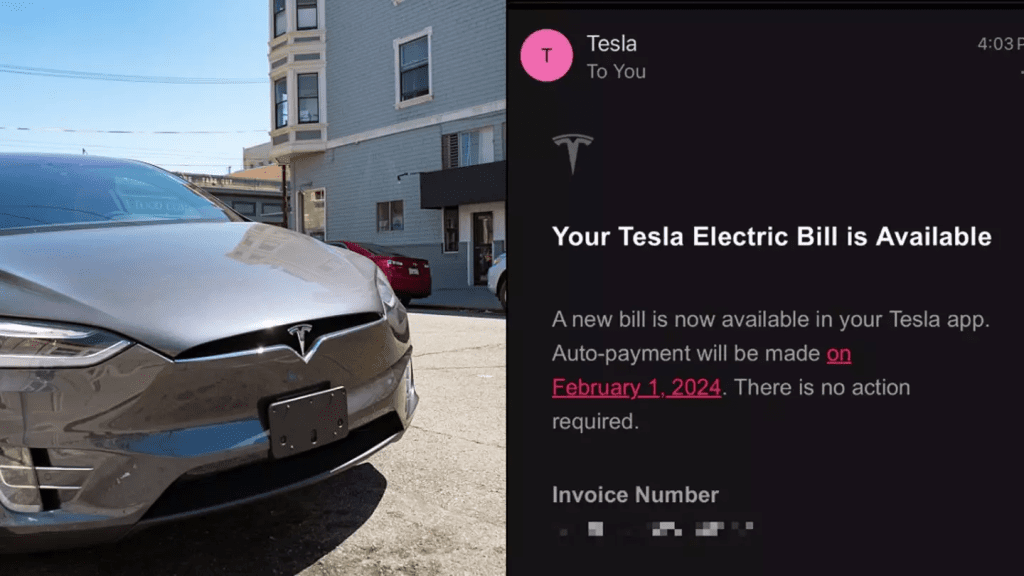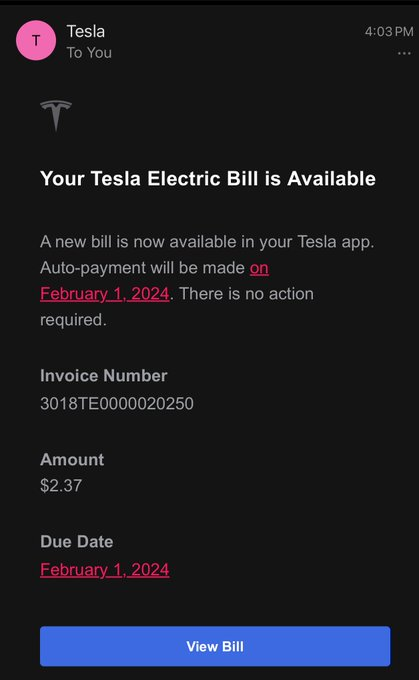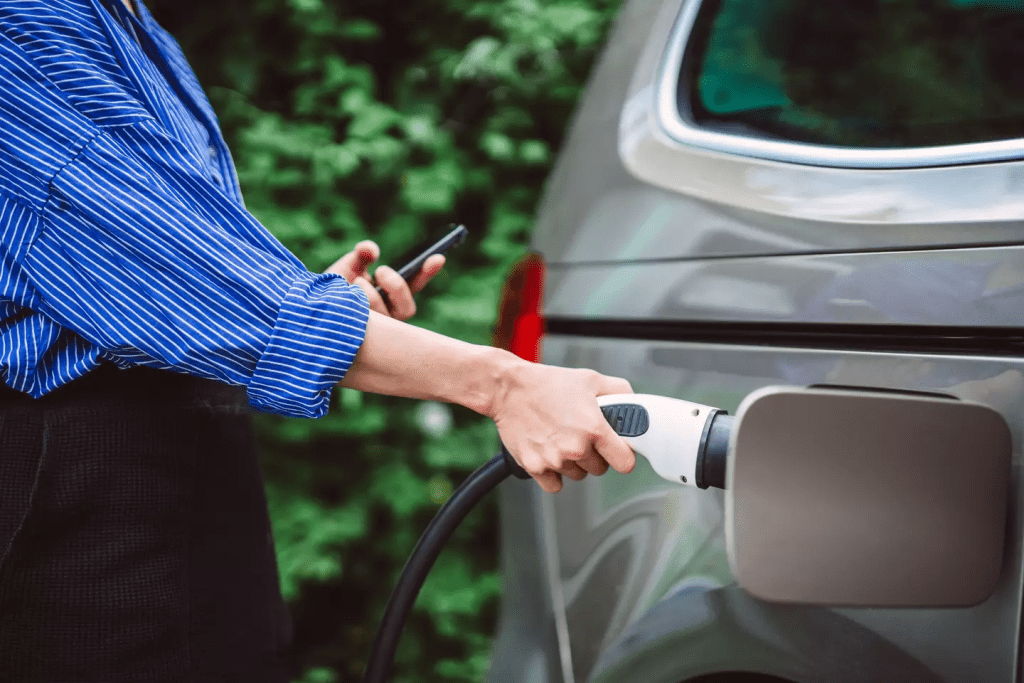
According to energy provider EDF, the cost of running an electric car depends on the make and model, with different vehicles having varying costs. However, as more electric vehicles (EVs) hit the roads, owning one is likely to be cheaper over the long term due to lower maintenance requirements compared to traditional combustion engine cars. Owners can charge EVs at public charging stations, but most will have a charging outlet at home. As such, it’s important to ensure you’re on the best energy tariff to keep costs down.
Installing a home charging outlet can cost upwards of £900, while charging at home can cost as little as 3p per mile, according to Octopus. Charging at on-street “lamppost chargers” costs around 14p per mile, and rapid public chargers can cost up to 18p per mile. Charging times can vary, with some taking anywhere from 1 to 10 hours, depending on the method and equipment used.
In the US, a Tesla owner took to X (formerly Twitter) to share a surprisingly low electricity bill. The user, @Tesla_GTownTX, posted a screenshot showing their bill for the last 12 months, which totaled just $2.37 (£1.89).
“This is the first time I’ve had a bill in the last 12 months. This sucks,” they wrote.
Many people were baffled by how the bill could be so low, with some speculating if the Tesla owner had other methods for keeping costs down.
“How much did you pay for the solar panels and Powerwall?” one person asked.
Another commented, “Post your statement for your Powerwall/solar panel payments.”

The user clarified that they used solar panels along with a Tesla Powerwall to keep their electricity bill low. The Powerwall is a rechargeable lithium-ion battery that stores energy from solar panels or the grid, allowing users to store energy for later use and providing energy security and financial benefits.
“Powerwall gives you the ability to store energy for later use and works with solar to provide key energy security and financial benefits,” Tesla explains.
The Powerwall comes with a hefty price tag, typically costing between £5,000 and £10,000.
So while the Tesla owner’s bills are impressively low, the initial cost of installing a solar and Powerwall system is a significant investment.



